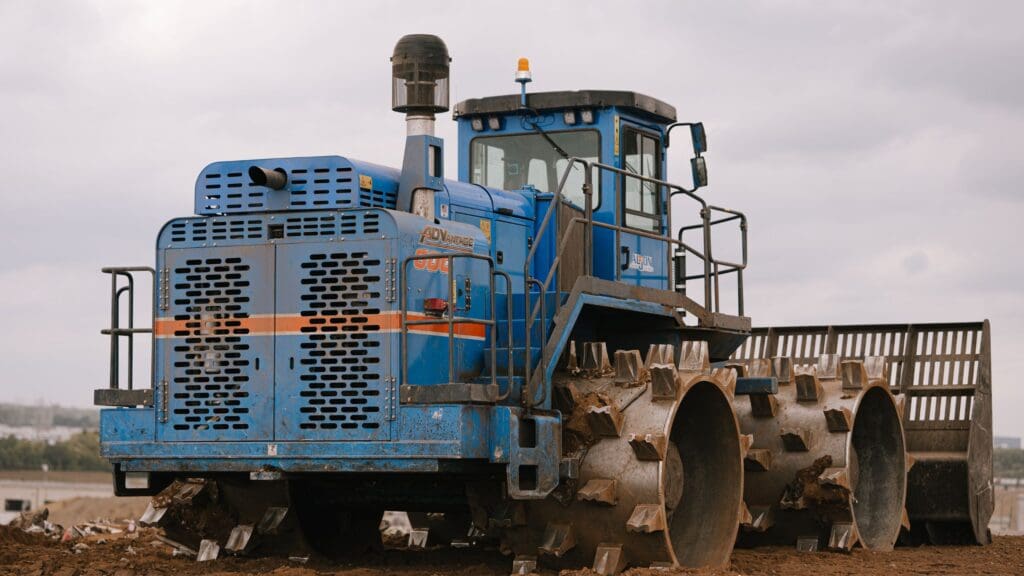Scrap metal recyclables can be converted to manageable bales that can be held for better markets or increased room in the yard. These bales will then be transported by shipping container, rail car, or trailer. The denser and more consistent these bales, the more efficient (and less expensive) later processes will be. Scrap balers are key to this process; without their ability to compact and package scrap metal, it would be impossible to transport them to new facilities safely or store them to wait for more favorable market conditions. Not all scrap balers are suitable for every job, and even small design differences can have a massive impact on operations. Four key considerations to evaluate before you buy include mechanical design, cab configuration, height and footprint, and access to parts and services down the line.
1. Mechanical Design
If a crane is going to be used to load or unload the chamber, the chamber design can have a significant impact on productivity. Some designs compress the bale to inconvenient positions like the back wall of the baler, requiring a skilled crane operator to remove.
For example, the Aljon 580CL car logger/baler has a 10’ opening width, while most competitors use an 8’6” opening. The 580CL is also designed so that the finished bale sits in the middle of the chamber rather than against the side, making it easier to grab the bale/log.
2. Cab Configuration
This can be an afterthought in many products, as the hydraulics and mechanical components are the parts most obviously tied to production capacity. However, user-friendly control spaces speed up access and startup times. Most machines have ladder access only, but some machines, like the Aljon 580CL, have stairs and an observation platform that make it easy to get into the cab. The extra room even provides space for a trainer or supervisor to observe and guide new operators safely while the baler is in use.
The interior layout of the cab can also improve productivity. Touchscreen displays can provide options to change the bale count and density (this is especially important when switching from logging to baling), run diagnostics, adjust climate control, and start or stop the engine from one central location. Comfortable, ergonomic seating, as well as armrest and joystick controls, make the cab less fatiguing for the user, as can larger cabs which allow people with different body types to work safely for many hours at a time.
3. Baler Height, Footprint, And Size
A logger/baler’s efficiency depends significantly on its surroundings. Some balers are designed to have a smaller footprint, which can make it easier to maneuver around them for loading and unloading in confined spaces. Aljon scrap loggers/balers are purpose-built to make loading and unloading more efficient. Considering ahead of time what kind of baler footprint, height, and size will match your space and workflow best will save you time and money in the future.
4. Access To Parts & Service
Even a few days of downtime come at a high cost, particularly for large or high-throughput operations. Having to rely on secondhand parts or wait months for service can grind operations to a halt. It’s important to investigate whether parts are readily available and whether the manufacturer has a good reputation for service. Aljon’s long history of exceptional customer service begins with an in-house service department that employs expert technicians and keeps parts in stock to support customers in need of service.
Finding the right machinery for your operation takes time. Every site is different, from size and throughput to the types that pass through the yard. When you invest in a new scrap baler, it’s important to consider the following questions:
- Does the bale chamber design make it easy to maneuver bales in and out, or does it require a highly-trained operator?
- Is the cab well-designed for long periods of operation, or will it cause operator fatigue, potentially increasing operator error (or employee turnover)?
- Does the baler meet height and footprint requirements of your operation?
- Finally, will you be able to rest assured that spare parts and experienced technicians will be available to keep your investment running for decades down the line?



